After Modern Brightness. Ecologies of Light is a collaborative project developed by an international group of architects, designers, curators and researchers as part of the 2025 edition of the Bauhaus Lab programme in Global Modernism Studies.
Participants of Bauhaus Lab 2025: Valena Ammon, Sofia Boarino, Benton Ching, Dominik Hoehn, Jorge Marinho, Sofía Nercasseau, Alina Paias, Lily Chishan Wong
Supported by Regina Bittner and Philipp Sack (Bauhaus Dessau Foundation / Academy)
After modern Brightness
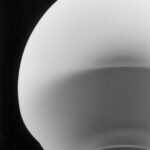
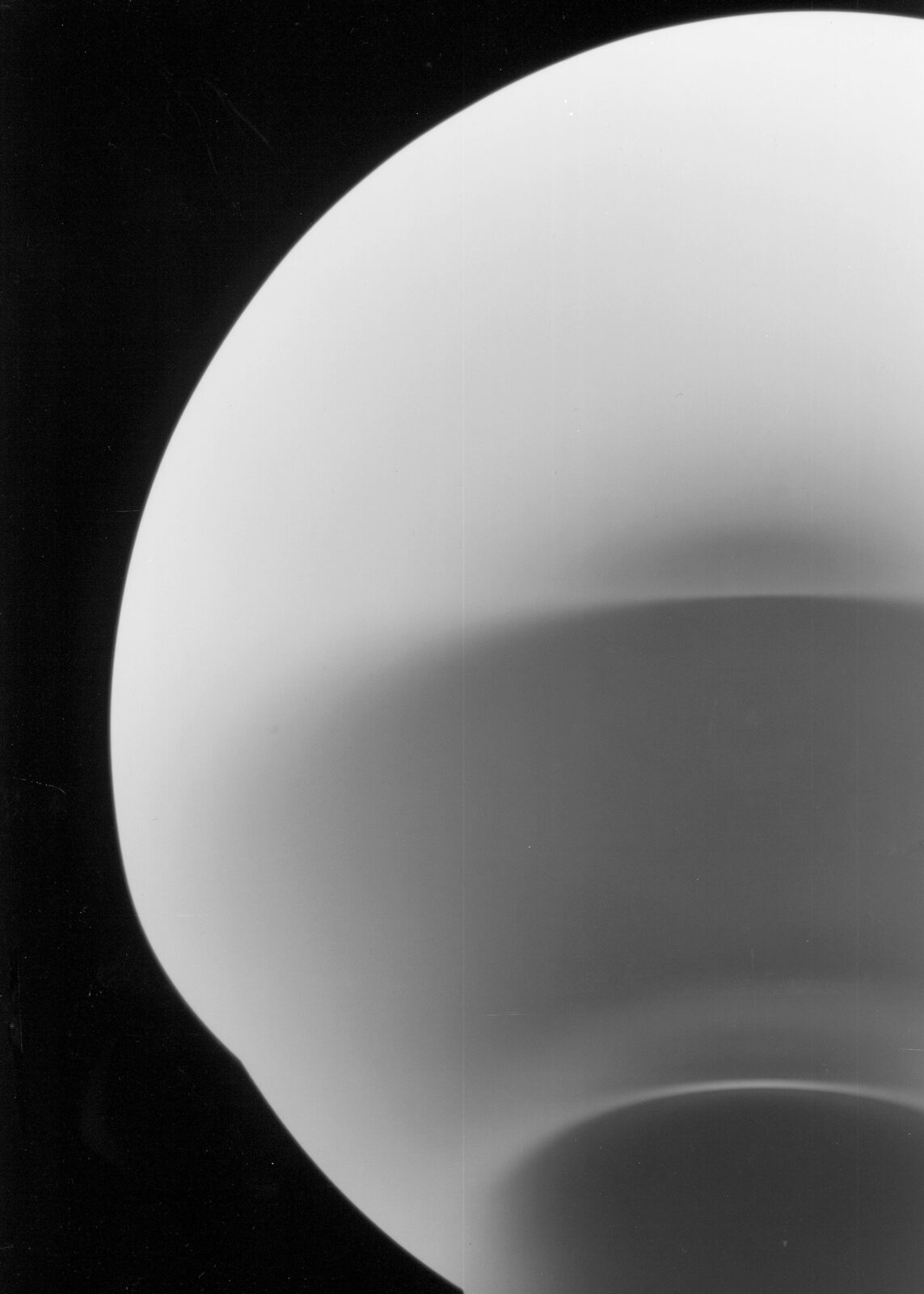
After modern Brightness.
Ecologies of Light
Ecologies of Light
1 Aug 2025 – 1 Mar 2026
Mon – Sun, 10 am – 5 pm (Mar – Oct)
The ME 94 lamp, designed by Marianne Brandt in 1926, is the result of complex interrelations between scientific and technological developments, capitalism, cultural shifts brought about by mass production and advertising, and ecological transformations linked to the electrification of Germany.
A century later, electricity has become an unquestioned part of everyday life. Yet power cuts and energy crises continue to reveal how deeply entangled our lives remain with material infrastructures. The electricity grid that runs through our homes and cities often goes unnoticed – just like the ecological, political and social processes that sustain it. After Modern Brightness. Ecologies of Light explores these invisible interconnections by focusing on key environments where electricity is generated, distributed and consumed. The exhibition not only examines the ME 94 lamp in its historical context, but also considers how design responds to both technological and societal developments – from the ventilation slots in Brandt’s design to the externalised environmental costs of energy production.
The exhibition traces a dense geography of electrification. Sites such as Dessau, Zschornewitz, Berlin and Weißwasser are interconnected through infrastructures of extraction, production and consumption. These electric landscapes prompt fundamental questions: What does it mean today to engage with modern brightness? The health risks of continuous exposure to artificial light are well documented – for humans as well as for other species. And yet our reliance on artificial lighting has never been greater. The contradictions at the core of modern brightness persist: Promises of progress and improved living conditions continue to be overshadowed by unintended consequences – shaping both us and our environment.
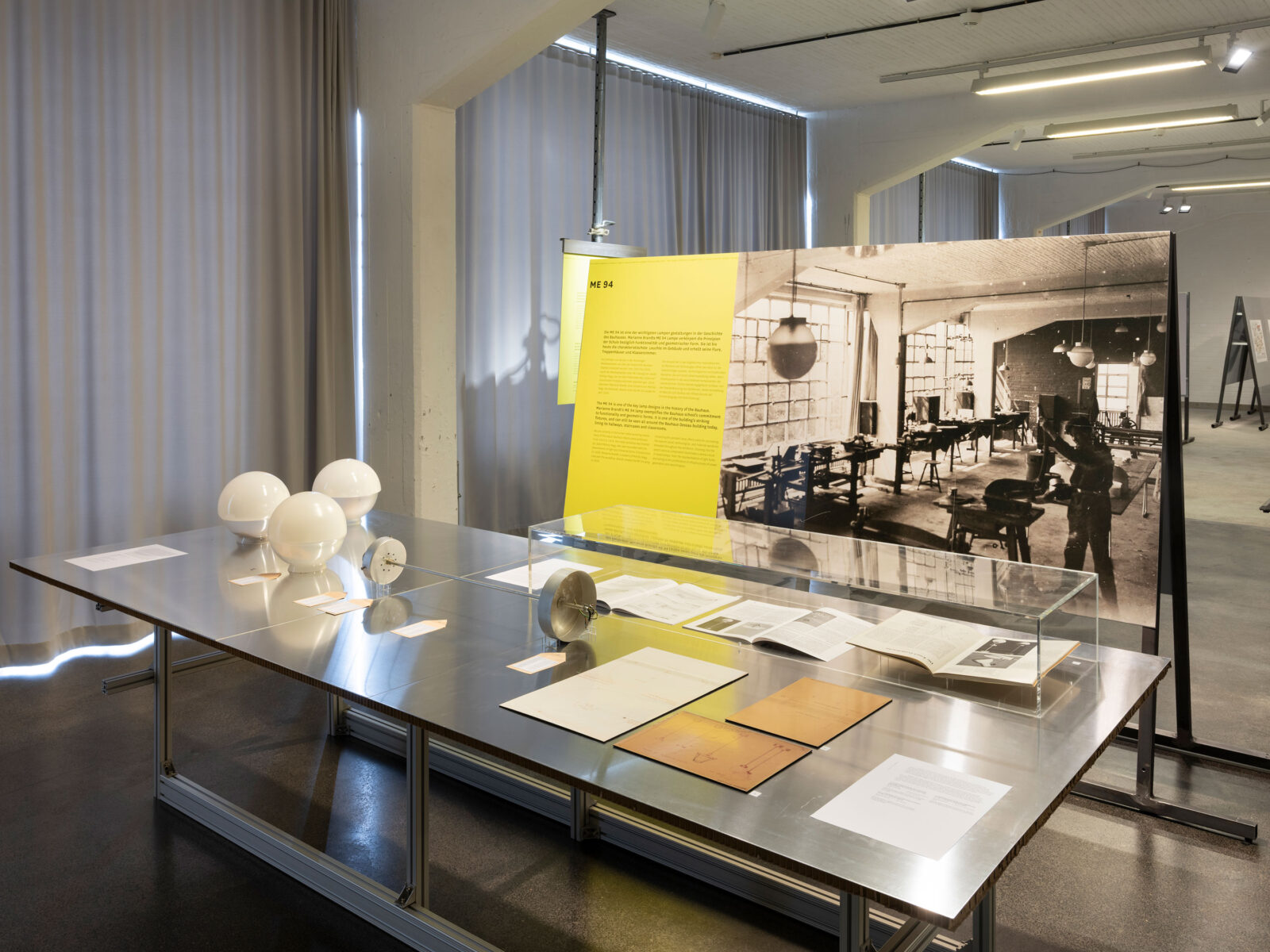
© Bauhaus Dessau Foundation / Photo: Meyer, Thomas / OSTKREUZ, 2024 / OSTKREUZ
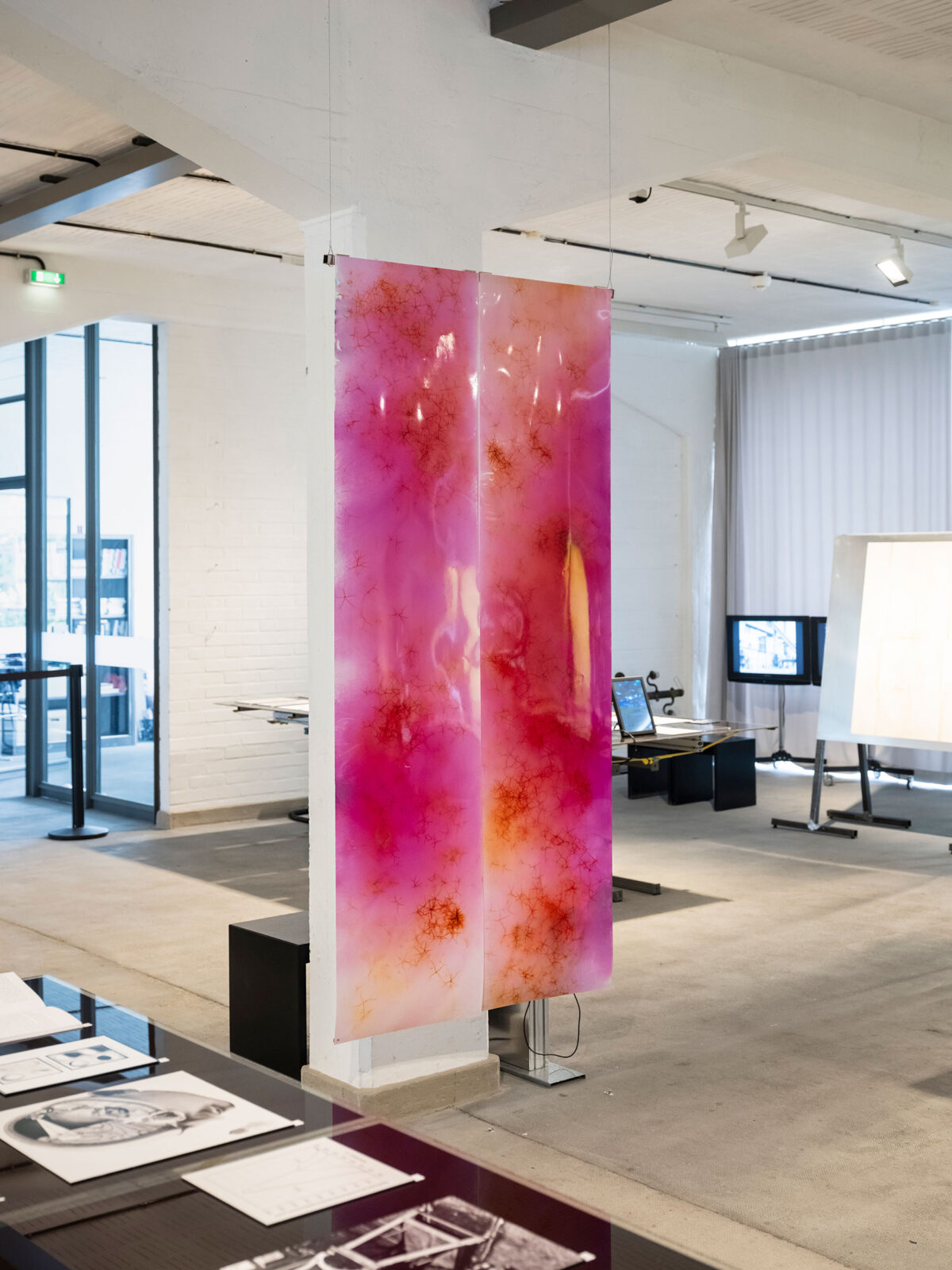
© Bauhaus Dessau Foundation / Photo: Meyer, Thomas / OSTKREUZ, 2024 / OSTKREUZ
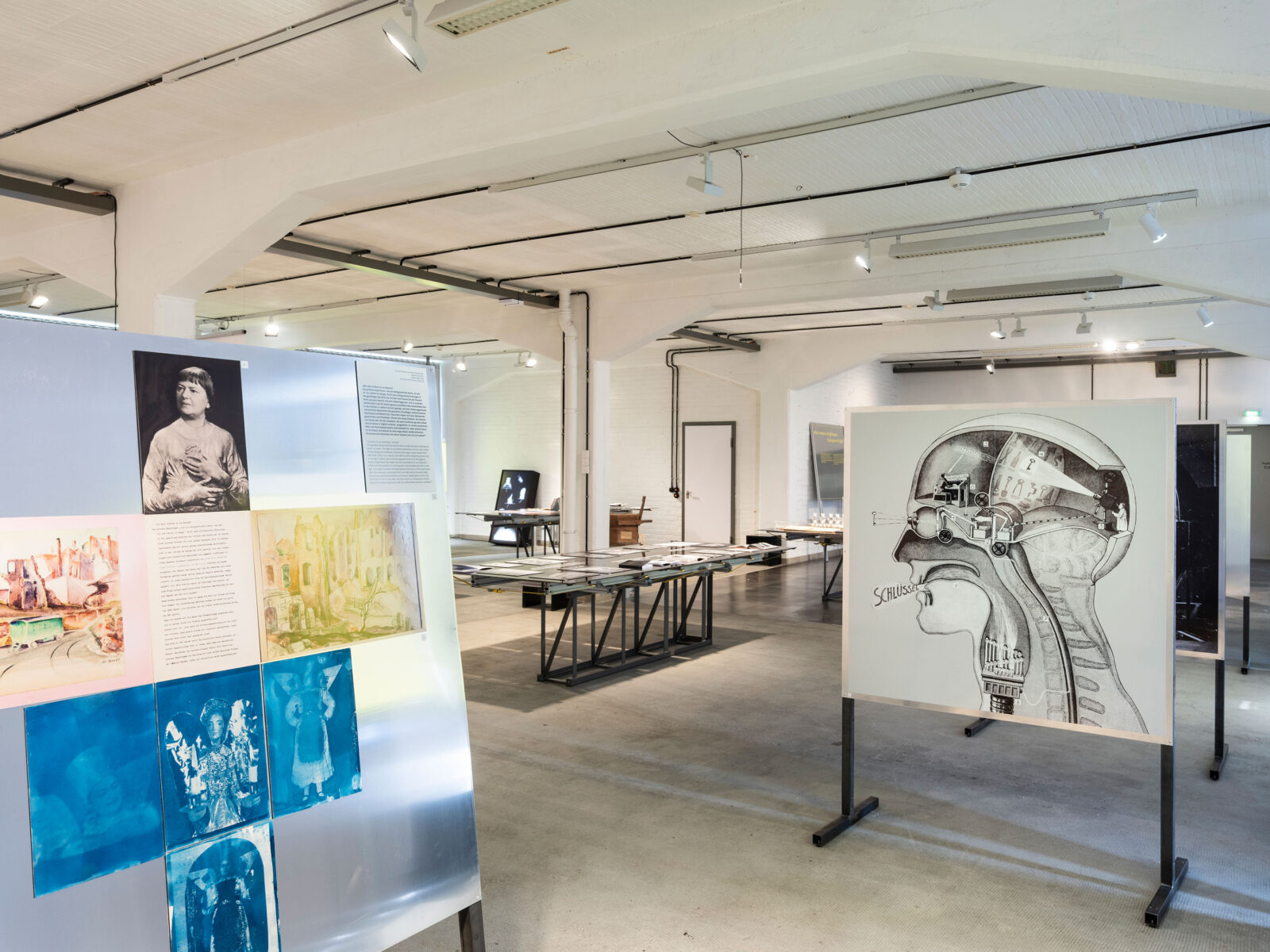
© Bauhaus Dessau Foundation / Photo: Meyer, Thomas / OSTKREUZ, 2024 / OSTKREUZ

© Bauhaus Dessau Foundation / Photo: Meyer, Thomas / OSTKREUZ, 2024 / OSTKREUZ